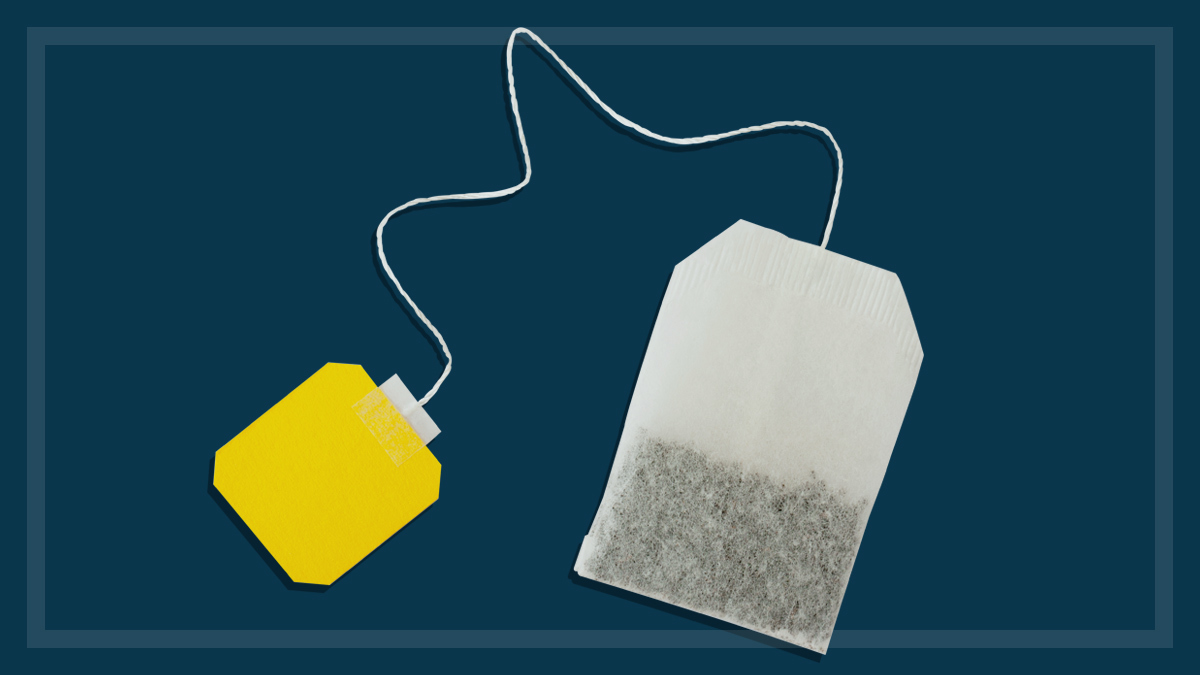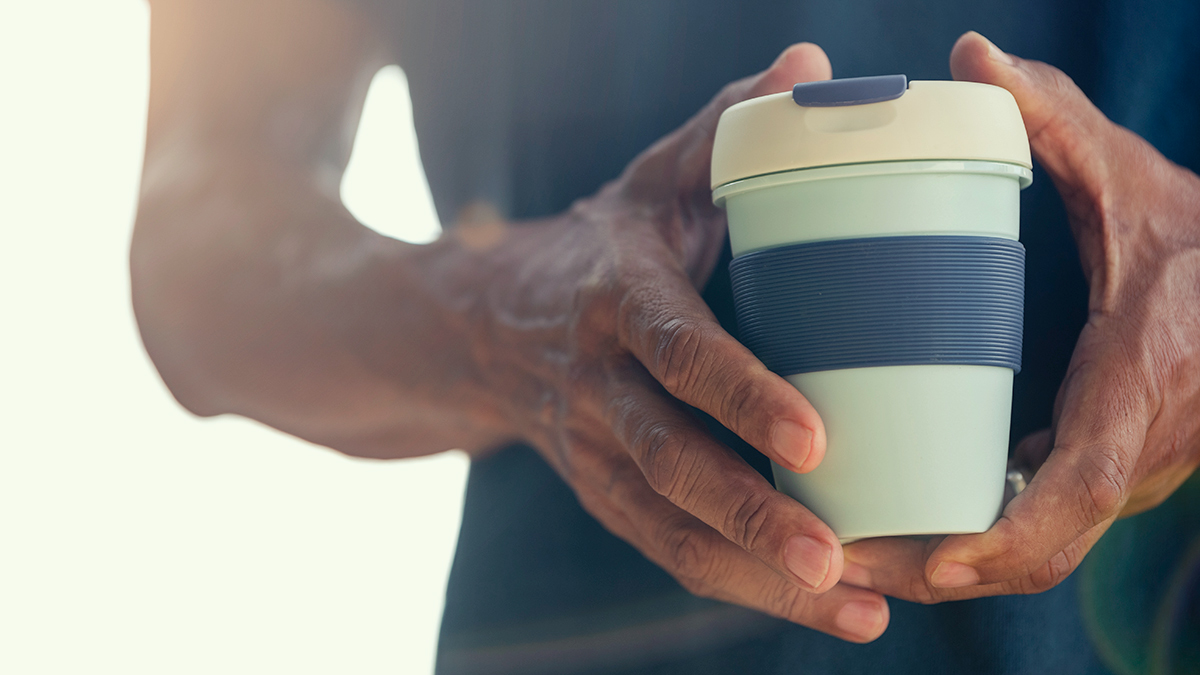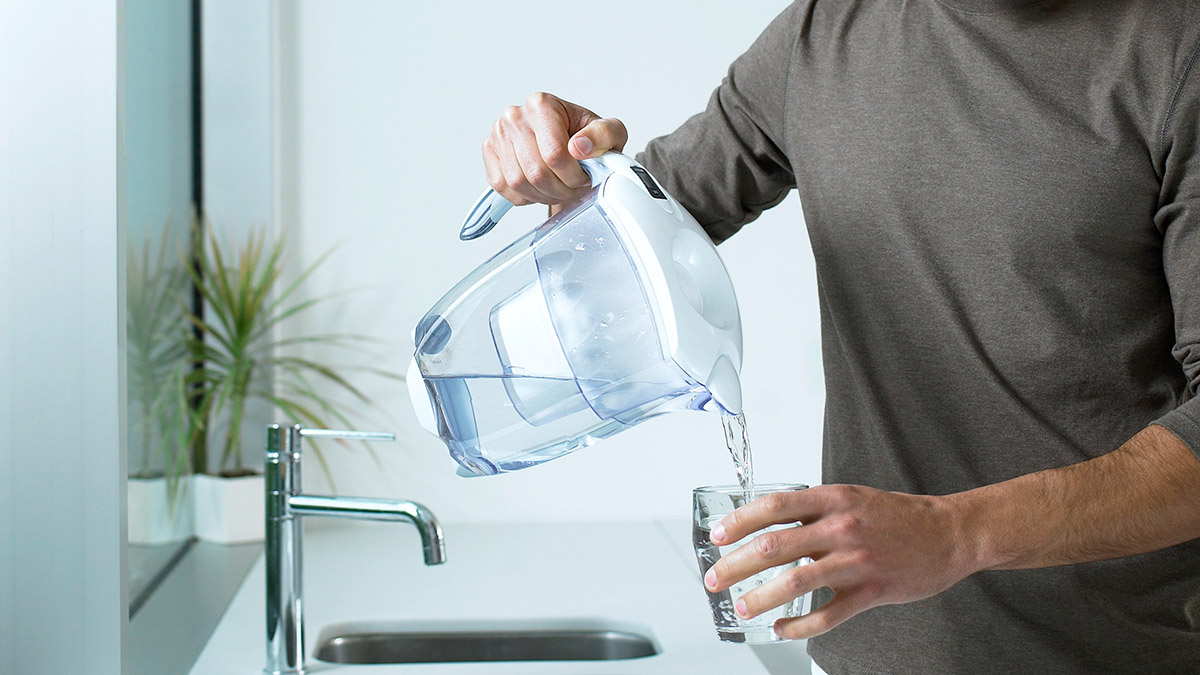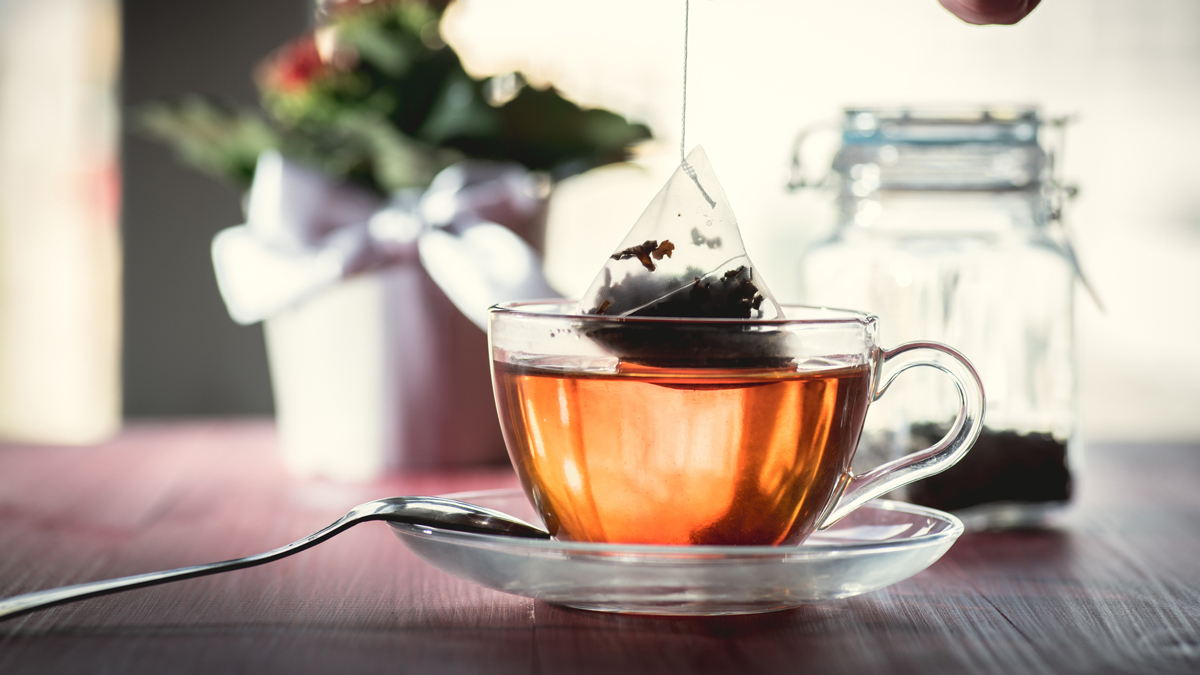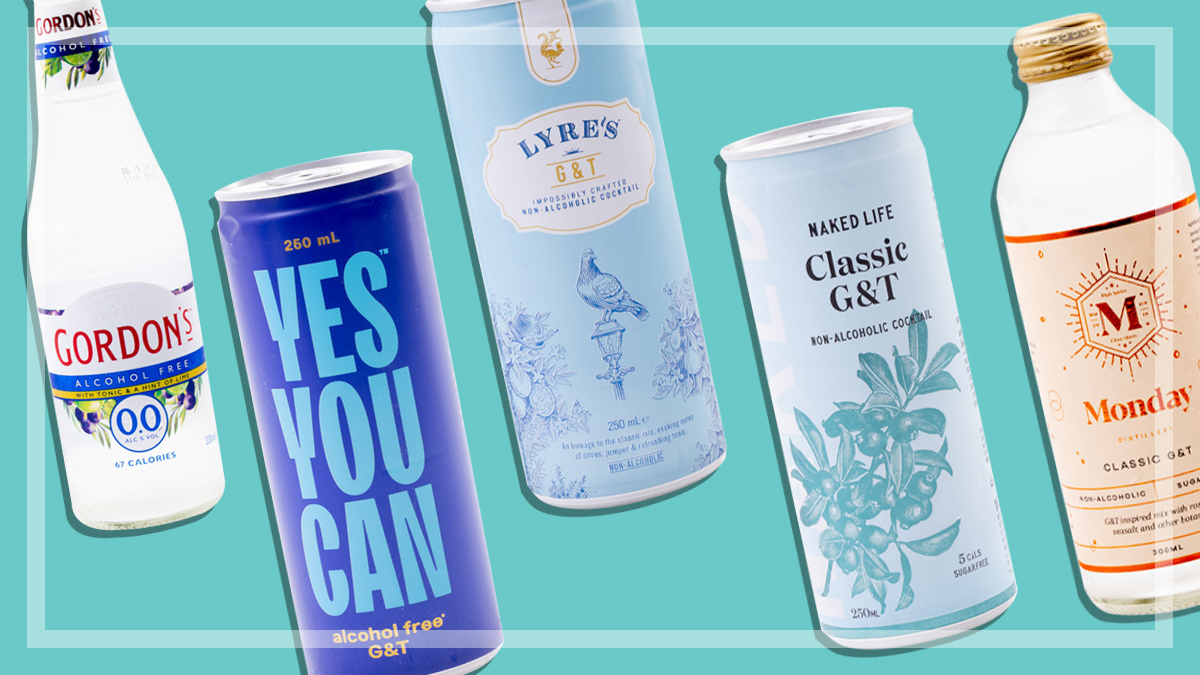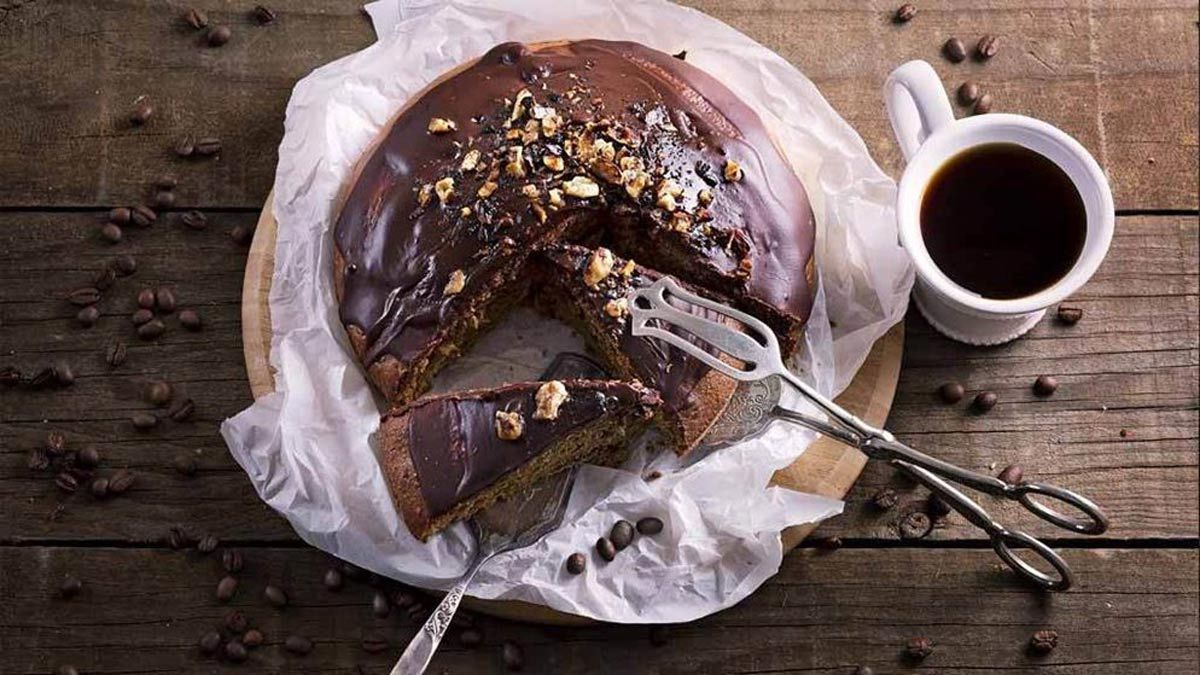Get our independent lab tests, expert reviews and honest advice.
What makes the perfect cup of tea?
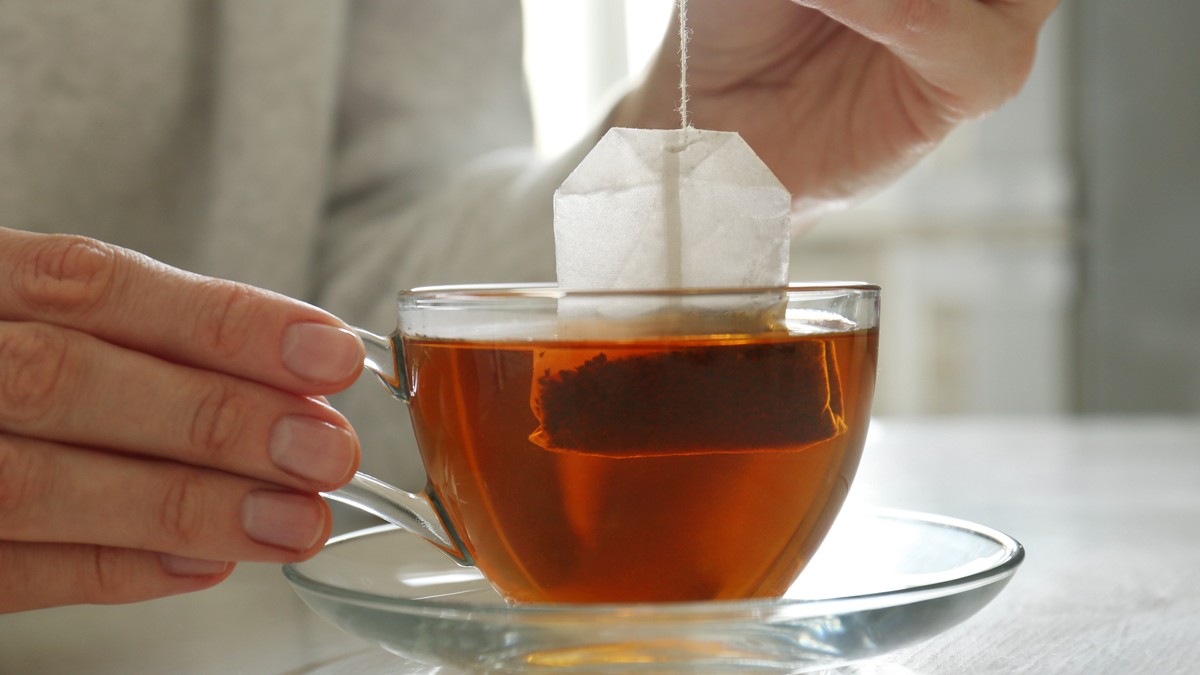
Ask 10 people how to make the perfect cup of tea and you’ll get 10 very different answers – and probably end up in an argument. People take their tea very seriously!
On this page:
- Does the milk go in first or last?
- The most popular way to take tea
- Tea choices and pet peeves
- The best tasting black tea
- How to make the perfect cup of tea
Despite the potential to stir up controversy, we wanted to know how Australians drink their tea. Bravely wading into this contentious topic, we asked our social media audience about their tea-drinking habits. Not surprisingly, the results were varied.
Tea-drinking habits
Even with the rise of coffee culture, there are still plenty of tea fans – around three-quarters of the 884 respondents to our survey told us they drink black tea every day.
Tea bags and loose leaf were both popular – half said they exclusively use tea bags, while the rest told us they use loose leaf in a pot or infuser, or a mix of bags and loose leaf.
Just over a third – 37% – say they have one to two cups of tea a day, but a similar amount are drinking double that, and 35% told us they drink three to four cups a day. Around two in three tea drinkers (65%) take milk with their tea, but only around a fifth of respondents add sugar.
But for an answer to perhaps the most controversial tea-drinking question, we turned to an expert.
Does the milk go in first or last?
Is there a more vexatious question in the world of tea-making?
According to tea expert Cathy Zhang, founder of Ms.Cattea tea company and one of the expert testers from our recent tea test, there isn’t a simple answer to this question.
“There is a big debate about the milk in the tea world,” says Cathy. “Some people claim that adding the milk first makes the tea taste creamier but at the end of the day, it all comes down to personal preference.”
At the end of the day, it all comes down to personal preference
Tea expert Cathy Zhang
The results from our survey suggest that adding the milk at the end of the tea-making process is the most preferred option: 57% said they add the milk last, and only 8% said it goes in first (the rest either didn’t take milk, or didn’t think the order mattered).
And there were plenty of opinions on the subject.
“Milk goes last so the tea can seep out of the bag. Once you add milk, the oil from the milk creates a film on the bag,” one survey respondent told us.
“Milk goes in first if I’m making tea in a pot,” said another.
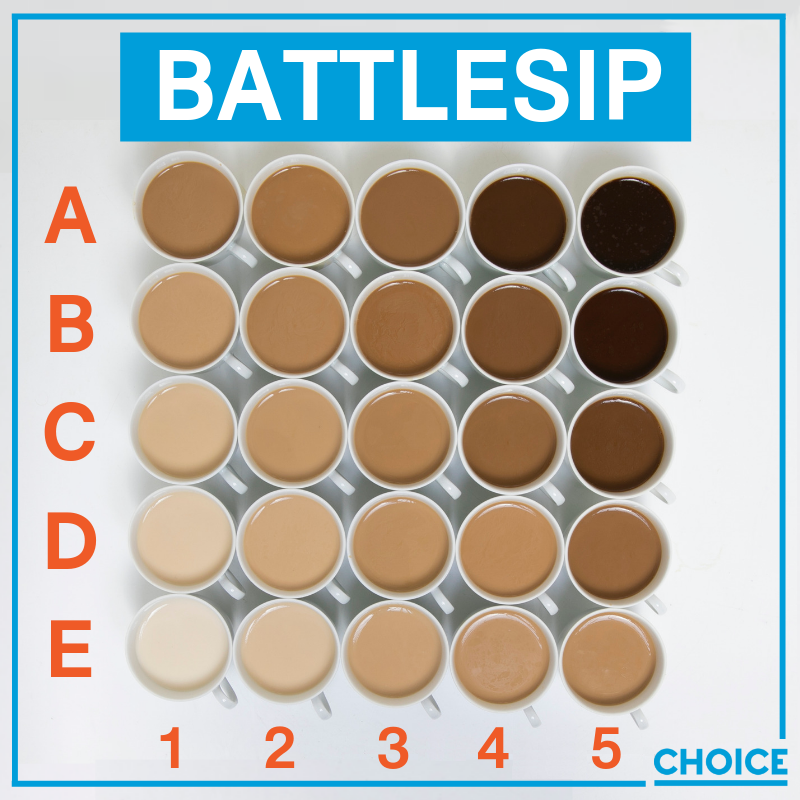
The most popular way to take tea
There were also plenty of strong opinions about other aspects of tea-making.
A fifth of the respondents told us that when it comes to preparing their favourite brew, they consider themselves to be tea purists.
More than a third (37%) told us they’d rather not drink tea at all if it isn’t the brand or type they prefer.
While most took the Goldilocks approach when it came to strength – 44% said they preferred it to be neither too weak nor too strong – strong tea was a close second and much preferable to weak: 41% vs 7%.
There were also some strong opinions about other aspects of tea drinking, and quite a few commented on how much they value the ritual. The type of cup or mug the tea is drunk from was something that several felt was very important.
More than a third (37%) told us they’d rather not drink tea at all if it isn’t the type they prefer
“The tea must be in fine bone china – it just tastes better,” said one. “I don’t like tea served in a thick-walled coffee cup,” said another.
The colour of the cup was important for yet another tea drinker.
“It must be served in a white mug or cup,” they said, adding that a cup with a dark interior was an “abomination”.
Tea choices and pet peeves
Others see the type of tea and the way they choose to drink it as something that changes depending on a range of factors.
“Different teas for different times of the day – I have a big tea collection!” said one.
“I approach tea like I think a lot of people approach their outfit choices for the day. I have over 30 varieties (black, white, green, herbal, fruit tisanes) and which one I choose and how I choose to have it depends on how I’m feeling on any given day,” another enthusiast reported.
Quite a few people complained about the quality of tea served in cafes
Quite a few people complained about the quality of tea served in cafes, telling us they felt that it was rarely made well.
“I’m disappointed with the servings of loose-leaf tea in cafes these days. You wouldn’t use half a serving of ground coffee to make a latte, so why be stingy with the tea?” one respondent asked.
Another complained about the disparity between the way tea and coffee are treated.
“Buying black tea at a cafe is fraught. While coffee is consistently good in Australia, tea is not,” they said.
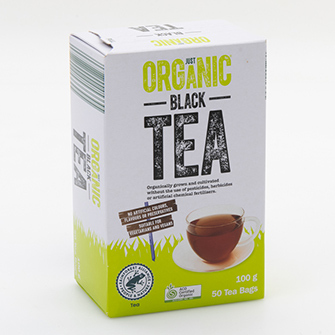
The best tasting black tea
Firstly, if you want to make a good cuppa, you’ll need some good tea.
With tea bags such a popular option for Australian tea drinkers, we recently put a selection of 32 popular tea bag brands to the test.
We recruited a panel of four experts to taste each tea. Each cup was assessed for flavour, colour, aroma, aftertaste and mouthfeel. We also separately rated the intensity of the flavour.
Leading the pack was Aldi’s Just Organic Black Tea with a score of 81%.
Two products shared joint second place with a score of 73%: Tetley Extra Strong Tea Bags and Coles Tea Cup Bags.
There was a fairly small price difference among these top scorers. The Coles bags cost just 2c each, the Tetley 5c and the Aldi 6c. The most expensive bag in our test – the T2 English Breakfast, which costs 52c per bag – scored 66%.
For those who prefer a more intense flavour to their tea, Nerada Single Origin Black Tea Cup or Pot Teabags and Taylors of Harrogate Yorkshire Tea ranked highest for intensity.
For all the results, see our full tea bag review.
But of course, selecting the right tea bag is just the first step in getting the perfect cup of tea.
How to make the perfect cup of tea
As with so many aspects of tea drinking, there is no clear answer.
“It depends on the tea itself,” says Cathy Zhang, who also has a Bachelor in Tea Science from South China Agricultural University. Everything from the shape of the leaves, to the type of tea, water temperature and whether you’re using a bag or loose-leaf will affect the outcome.
“Brewing tea with a tea bag requires less time as the tea is very broken, which makes it easy to brew, while loose-leaf tea usually takes longer to brew.”
It doesn’t end there, though, and many factors can affect the taste of a cup of tea.
“There is a saying that goes ‘ichi-go ichi-e’, which means that every cup of tea is different, and the cup of tea you are drinking now cannot be replicated,” she says.
Every cup of tea is different and the cup of tea you’re drinking now can’t be replicated
Cathy Zhang, founder, Ms.Cattea Tea Bar
In the end, the perfect cup of tea is subjective and it depends on individual preference. As Cathy declares, “tea making is personal”.
Having said that, there are a few rules. According to Cathy, there are some common mistakes people make when brewing their cuppa.
“Using too much or too little tea is the first,” she says.
“Brewing with water at the wrong temperature for the tea is another – for example, using boiling water when making green tea.”
“Leaving the tea in the water for too long is also a common mistake,” she adds.
Ultimately, the definition of the perfect cup of tea will always depend on who you ask. “Tea drinking can be done in so many ways,” says Cathy.

